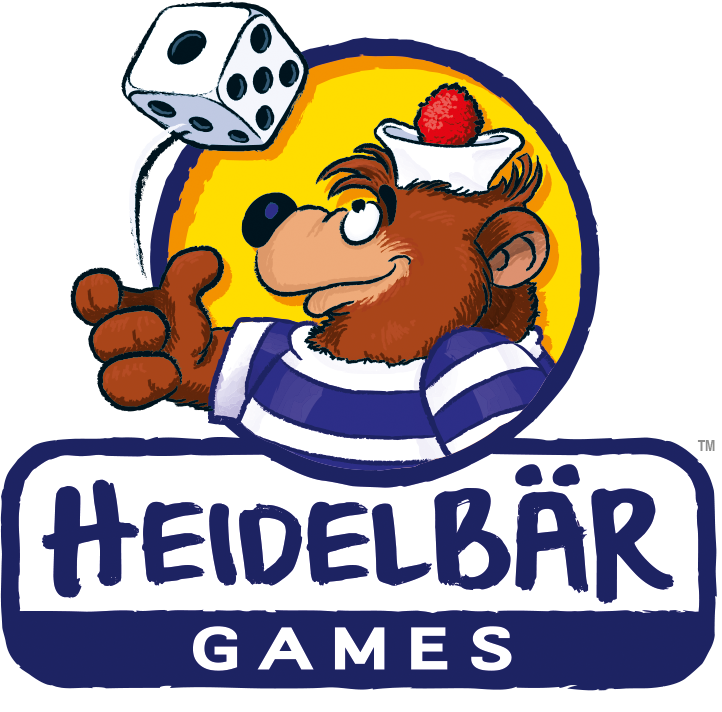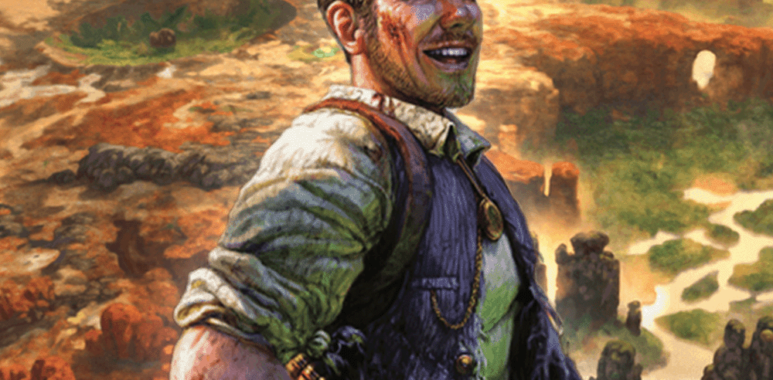Last time I talked about The World, The Language, The Art of Arnak and I promised to focus more on the game mechanics in the next designer diary. Well, the time has come 🙂 I would like to talk a bit about some of the decisions we made during the game design process and the reasoning behind them.
When designing the game, we faced many situations where several different approaches would have “worked.” Still, we needed to select the variant that we believed would suit the game best, bring the most fun into it, and be easy to remember.
Let’s take, for example, the archaeologist actions – those are the actions that require you to place one of your archaeologists on the map. You can send them to dig at an already discovered site or explore a new part of the island to discover a new site.
:strip_icc()/pic5783165.jpg)
There are five basecamp sites that you can visit from the beginning of the game.
In the first draft of the game, the basecamp sites had weaker effects, but players did not need to pay any travel value to get there. That proved not to be an ideal design decision because players were sometimes required to pay the travel cost and sometimes not, which led to mistakes.
That’s why we decided to change the rule. We made the basecamp sites stronger and unified the approach: Players were always required to spend some travel value before placing their archaeologist figures anywhere on the map, even on the basecamp sites. This rule change lowered the number of mistakes dramatically.
One of the reasons why there are five basecamp sites available from the beginning is the fact that the rest of the map is randomly generated. There might be situations when some resource is very rare in one game and abundant in the next one. But there will always be at least one site generating each resource. While each resource’s value is clear at the beginning of the game, it is a good idea to keep an eye on their scarcity that might influence their real value significantly.
:strip_icc()/pic5783169.jpg)
Another thing that changed during the development of the game was the main board setup. Originally we placed all Guardians and all site tiles on the map during the setup. That way, we did not need to keep stacks of tiles next to the board. Yes, the setup took a bit longer, but it made intuitive sense to have everything on the map from the beginning.
But the result was not great – with stacks of tiles all over the map, the game looked too busy, scary complex, and it was harder to grasp at a glance which sites were already explored.
We tried the opposite approach, with tiles being added to the map as the discovery continued. The game felt much better this way. You could easily see all the available sites at first glance, and it was neat that with 2 players, the final island looked smaller than with 4 players.
:strip_icc()/pic5783172.jpg)
We were worried only about one thing: That players might forget to add Guardians to newly discovered places. We placed the idols directly on the map; that way, players would not forget to pick them up to clean the space for the new sites. We were positive that players would not forget to place the new sites because they looked forward to what new resources they would get. But will they remember to add the Guardian tile on the newly discovered site as well?
During the next weeks of testing sessions, it became clear that this will not be a problem. Your friends got you covered! They would never let you forget about the Guardian you should face. It was fun to watch how other players were always quick to hand the active player the new Guardian tile, looking forward to what kind of beast they will be facing!
:strip_icc()/pic5783173.jpg)
Discovering new sites by adding new tiles on the map worked well, and we made the final decision in time to tweak the map. Because the map would start completely uncovered, we could give more attention to its illustration that would actually be visible for a fair amount of time. In the end, we decided to abandon a classical top-down view and tried a more exciting perspective that gave us more of the sense of the distance where the adventure awaits.
:strip_icc()/pic5783233.jpg)
Finally, a few tips concerning the Archaeological actions. It might be tempting to spend your time digging at the basecamp sites only – no Guardians to worry about! But know, that players who will risk going to the farther sites will accumulate more resources quicker and will eventually win the Research race which is a significant part of the game.
Let’s talk more about the risks connected with facing the Guardians in the next blog!


